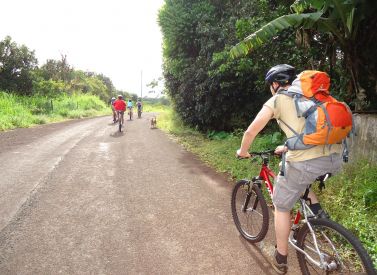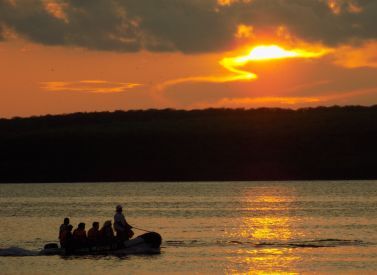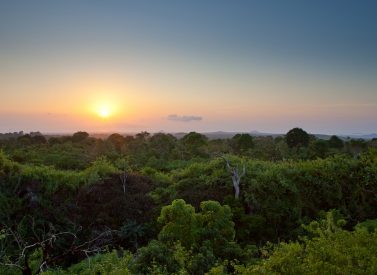Galapagos Animals: Wildlife Spotting Tips and Checklist
 by Tom Shearman on 13th February, 2023
by Tom Shearman on 13th February, 2023
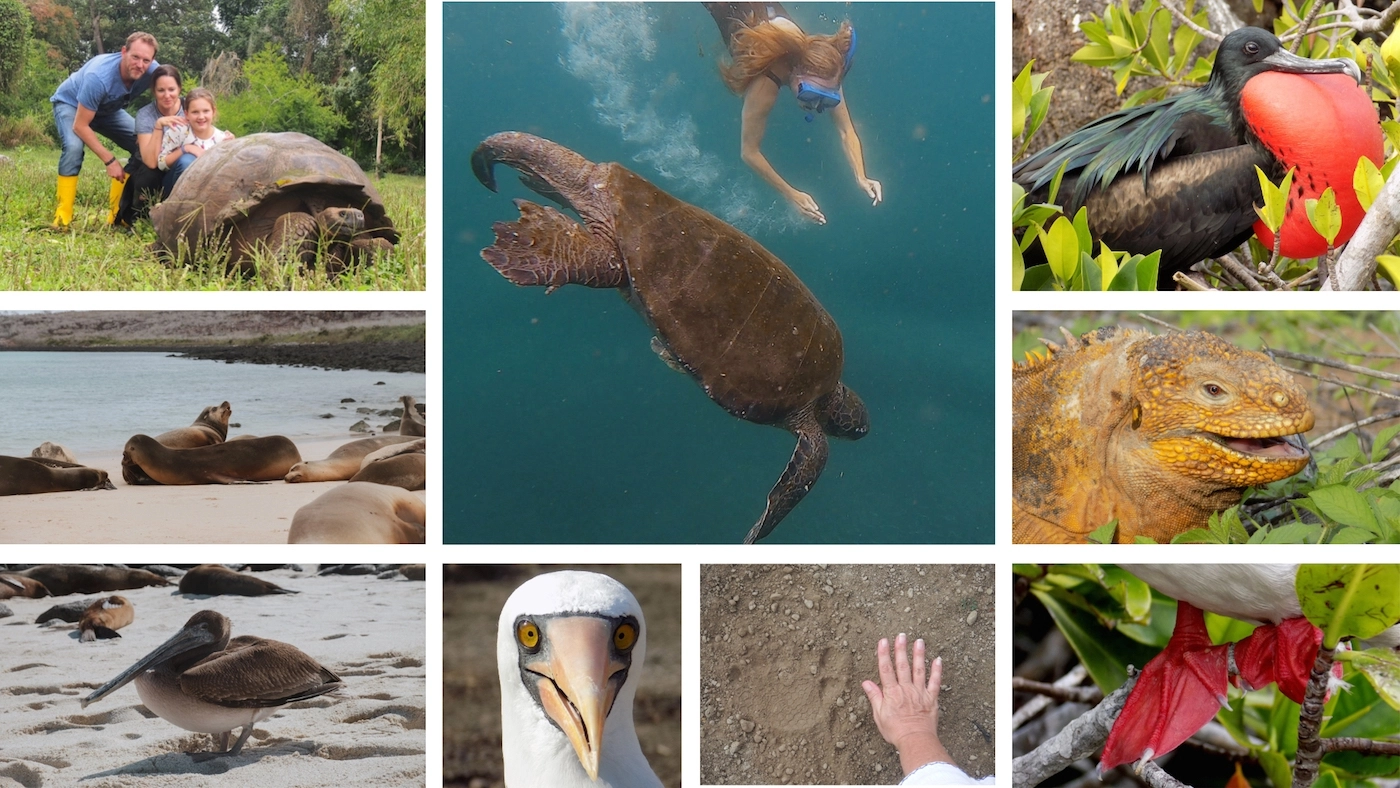
Galapagos animals help make the Galapagos Islands unique. Tame wildlife on land and sea makes it the perfect destination for nature enthusiasts, photographers, and families.
Fascinating animals share their dramatic volcanic landscapes with visitors, often pulling photogenic poses while they check out their human guests.
Every Galapagos island has flora and fauna distinct from their neighbours, just as visitors are interested in different Galapagos animals. Some people want to swim with sea lions; others wish to stride alongside Galapagos tortoises or spot Darwin’s finches. Often, you can see everything on your bucket list in one visit.
How? We’ll steer you through which animals you can see, where, and when with our Galapagos animals guide.
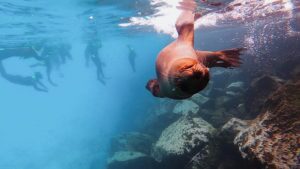
When Is the Best Time to See Galapagos Animals?
Galapagos is a tropical, year-round destination; something is always going on. However, two seasons affect wildlife’s behaviour.
The warm season runs from December to June, and the cooler season from July to November. Note that the average year-round temperature is 76°F (24°C).
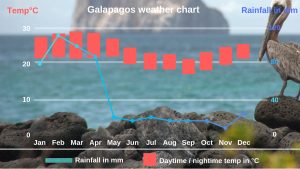
The warm season features clear and calm waters that are great for snorkelling. February and March are the sunniest and hottest months.
Sea temperatures: 22-25°C / 72-77°F
Land temperatures: 21-32°C / 72-90°F
The dry ‘garua’ season (Jul-Nov), or the cooler season, means a wetsuit for snorkelling and possibly a jacket aboard a boat in the evening. Some sailings can be choppy, particularly in September and October. Morning island mists (garua means misty) burn off to leave sunny afternoons.
Sea temperatures: 15-22°C / 60-72°F
Land temperatures: 18-24°C / 65-75°F
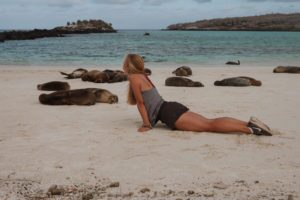
What Are Some Wildlife Must-Sees in the Galapagos?
Some of the most popular wildlife experiences are seasonal. You may be able to see the animal year-round; however, you may want to plan your visit to coincide with these incredible experiences. Here’s a quick top five.
- People love swimming with inquisitive and playful sea lions. The pups are born in August and take to the water from November onwards, albeit almost every snorkeller returns with an amusing swimming-with-a-sea-lion story.
- Watch giant tortoise eggs hatch from December to March.
- Blue-footed boobies perform their hopping courtship dance in May. They keep bopping until August.
- Green turtles are always popular. Their mating season is from December to February, followed by laying their eggs on beaches between January and March. The first eggs hatch in May.
- The extravagant dance moves pulled by albatrosses during courtship runs from April to early December.
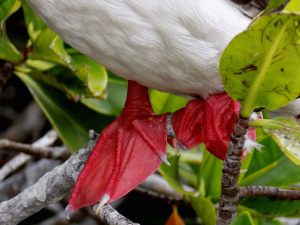
What Galapagos Animals Can I See Around the Islands?
Many wildlife species are endemic and present year-round, although some animals are migratory. Among the most famous Galapagos animals to see include the following, along with notes on any particular behaviours.
You can see this wildlife year-round unless stated.
Marine Wildlife in the Galapagos Islands
- Sea lions, with pups appearing in August.
- Galapagos fur seals.
- Galapagos green turtles, large numbers on Fernandina and Isabela from May onwards, mating in the water from November.
- White-tipped reef sharks.
- Galapagos sharks.
- Hammerhead sharks (highest numbers in January).
- Whale sharks (June-Nov only).
- Manta rays.
- Eagle rays.
- Sunfish.
- Seahorses.
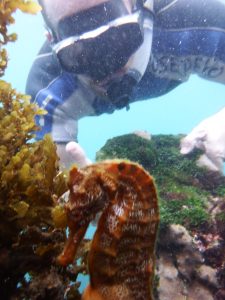
Cetaceans Swimming Around the Galapagos Islands
- Dolphins (bottlenose, spinner, and common dolphins).
- Humpback whales (Jul-Oct).
- Blue whales (Jul-Oct).
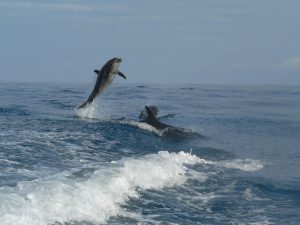
Reptiles Found on the Galapagos Islands
- Galapagos giant tortoises (year-round). In Santa Cruz, they migrate to the highlands in July, where they stay in large numbers until March.
- Land iguanas’ eggs hatch in April.
- Marine iguanas mating season Jan-Mar. They turn bright green and red on Española island, red and black on Santa Cruz, and dark red and green on Fernandina.
- Lava lizards.
- Galapagos racer snakes hunt baby marine iguanas on Fernandina from May onwards.
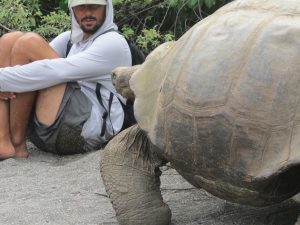
Crustaceans in Galapagos
- Sally Lightfoot crabs.
- Ghost crabs.
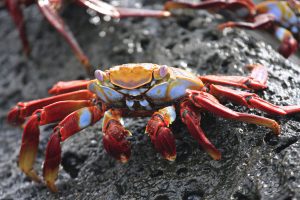
Birds in Galapagos Islands
- Darwin’s finches: nesting begins in January.
- Galapagos penguins begin their courtship in September.
- American flamingos: Mar-Jul best, nesting begins in February.
- Waved albatross: Mar-Jan, main courtship dances on Española from April onwards.
- Blue-footed boobies.
- Red-footed boobies.
- Nazca boobies.
- Flightless cormorants.
- Lava herons.
- Galapagos short-eared owls.
- Mangrove finches.
- Galapagos hawks (year-round), with courtship beginning in August on Espanola, Santiago and Fernandina.
- Floreana mockingbirds.
- Frigatebirds.
- Lava gulls.
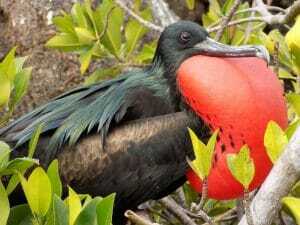
Island-by-Island Guide to Galapagos Animals
The Galapagos’ unique ecosystems mean specific animals live on only some or one island. Check that the animals you want to see are on your chosen itinerary, so you don’t miss out.
Here are the leading animal species to see, island by island.
Santa Cruz: Sea lions, marine iguanas, frigatebirds, Blue-footed boobies, giant tortoises
Santa Fé: Sea lions, marine iguanas, land iguanas.
San Cristóbal: Blue-footed and Red-footed boobies, frigatebirds, sea lions, turtles, giant tortoises.
Kicker Rock: Hammerhead sharks, manta and eagle rays, turtles, sunfish, white-tipped reef sharks.
Española: White-tipped reef sharks, marine iguanas, albatrosses, Blue-footed boobies, sea lions.
Floreana: White-tipped reef sharks, Blue-footed boobies, sea lions, turtles, frigatebirds, Galapagos penguins, flamingos.
Santiago (James): Sea lions, Galapagos fur seals, turtles, marine iguanas, Galapagos hawk, white-tipped reef sharks, Galapagos sharks, flamingos, Galapagos penguins (Bartolomé).
Genovesa: Blue-footed and Red-footed boobies, marine iguanas, Hammerhead sharks, turtles, frigatebirds.
Isabela: Marine and land iguanas, flamingos, Galapagos penguins, Galapagos sharks, white-tipped reef sharks, turtles, whales, dolphins, manta and eagle rays.
Fernandina: Whales, dolphins, manta and eagle rays, schools of fish, flightless cormorants, Galapagos penguins, Galapagos hawks, sea lions, marine iguanas, Galapagos racer snakes.
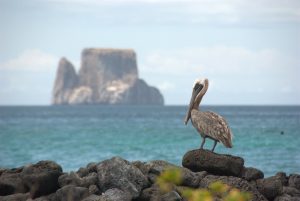
Galapagos Wildlife Spotting Tips
To make the most of your once-in-a-life trip to the Galapagos, ensure you bring the following:
- Good-quality binoculars.
- Camera or phone for taking pictures and videos.
- An underwater waterproof camera of GoPro for snorkelling (and on land).
- Plenty of memory cards to store your photos and videos.
- Lenses for close-up and landscape shots.
- Monopod or a tripod for the more serious photographers.
- Filters (if you use them).
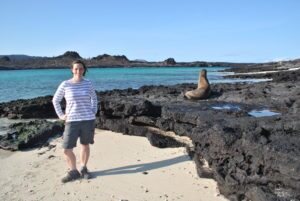
The Best Way to Spot Galapagos Animals
Galapagos cruises and land-based trips are the best way to see Galapagos animals. Travellers can visit some sites under their own steam and see lots of wildlife, but these sites are limited in number.
A guided trip is the best way to experience a true immersion in the natural world that inspired Charles Darwin. Your guide will take you to places only official tours can visit and knows the best spots for photographs and snorkelling.
People who want a general wildlife experience can visit the Galapagos Islands any time of year. Anyone with a specific Galapagos animal wish list should get in touch for expert advice on the best month and islands to include on your trip.
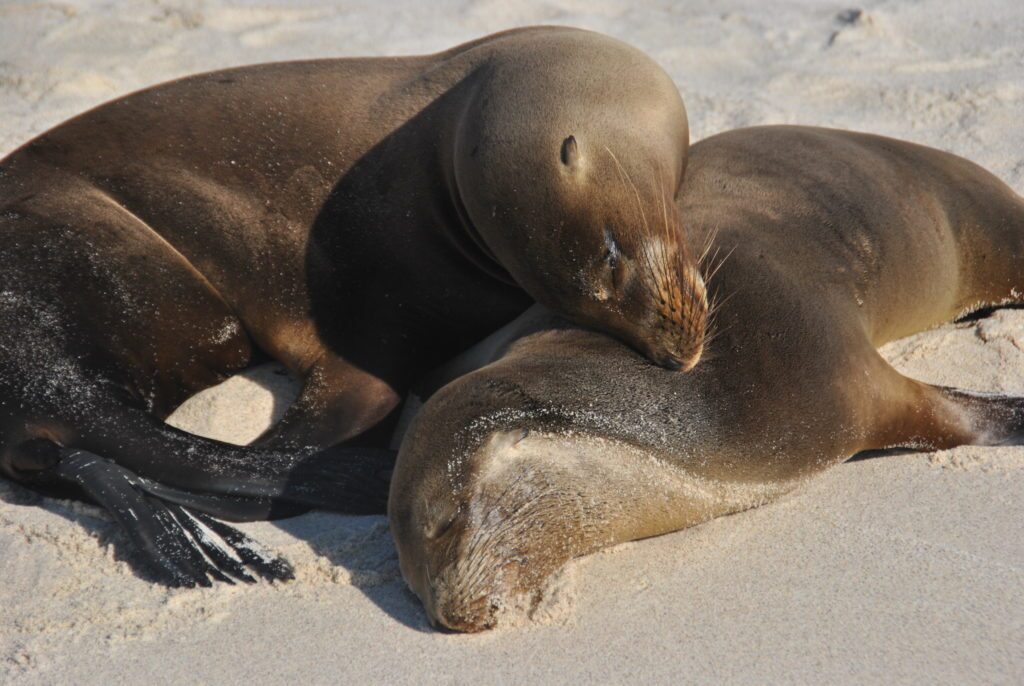
Share


 a Group Tour
a Group Tour 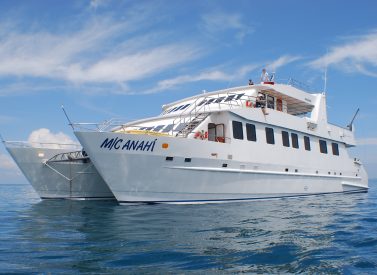

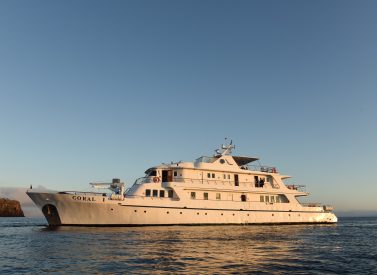
 a Tailor Made Tour
a Tailor Made Tour 